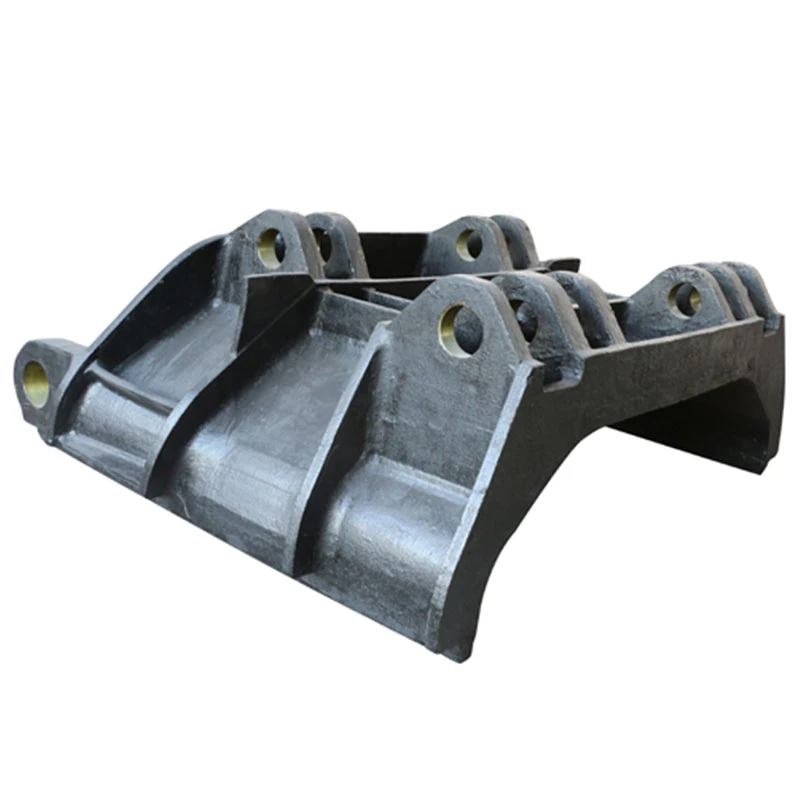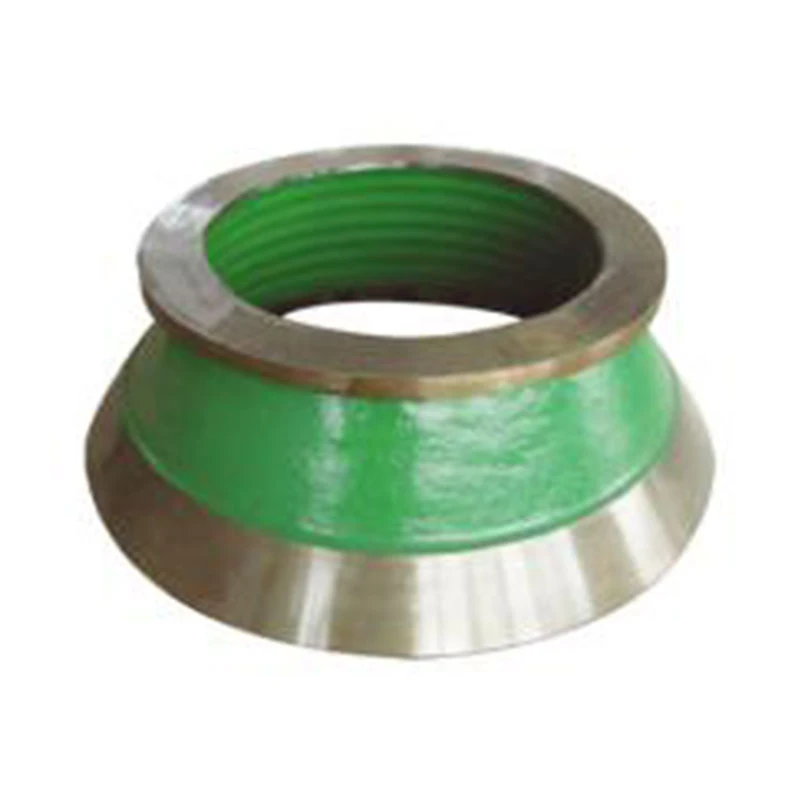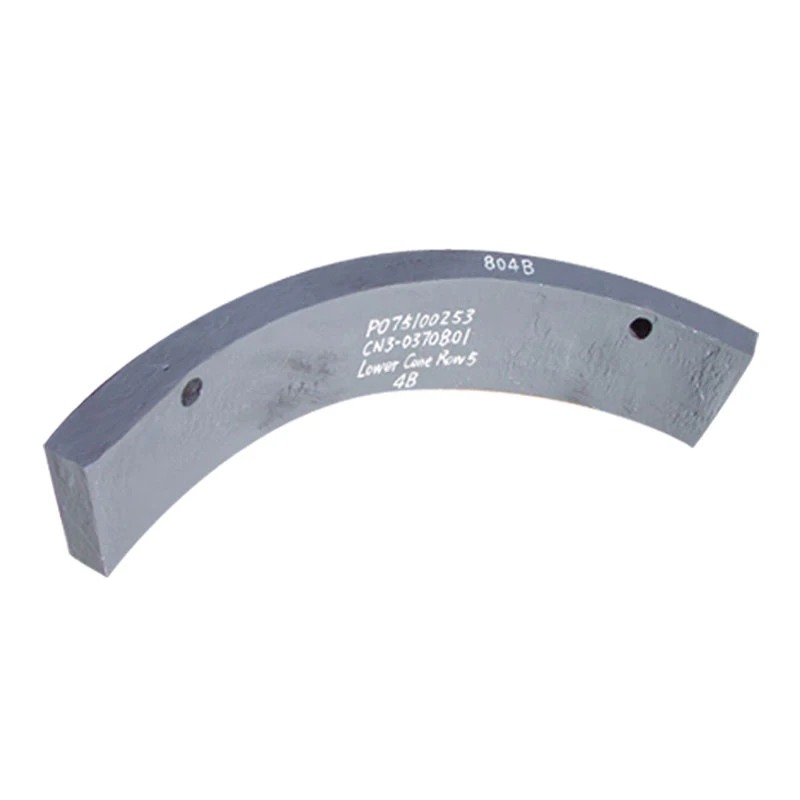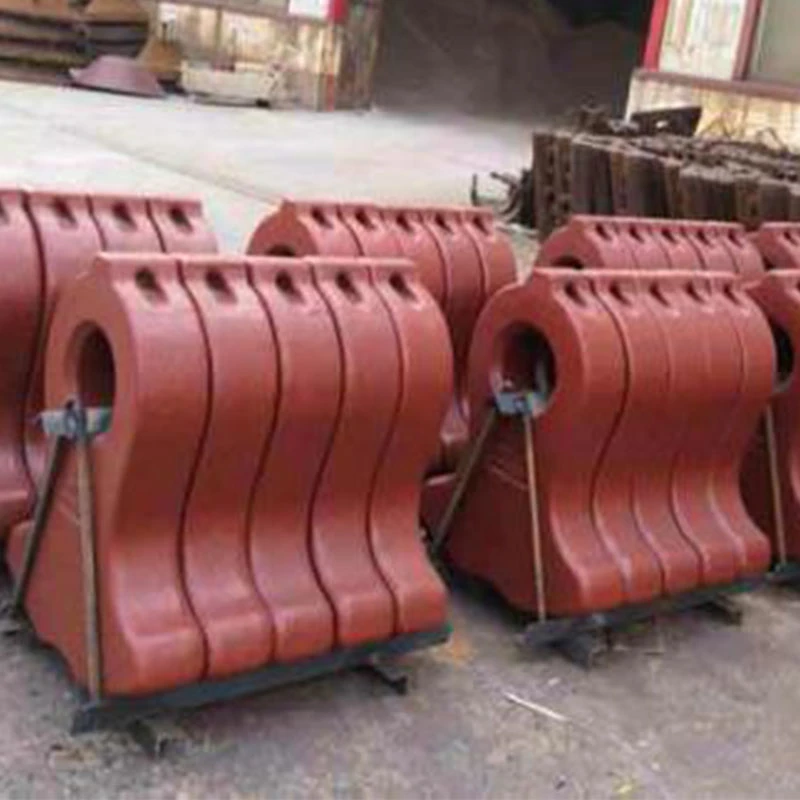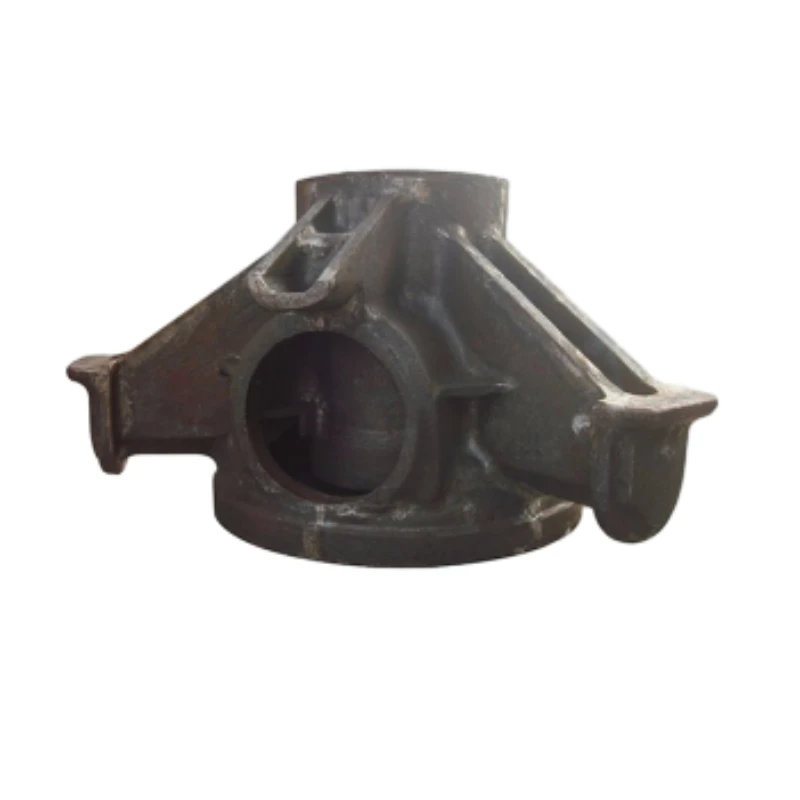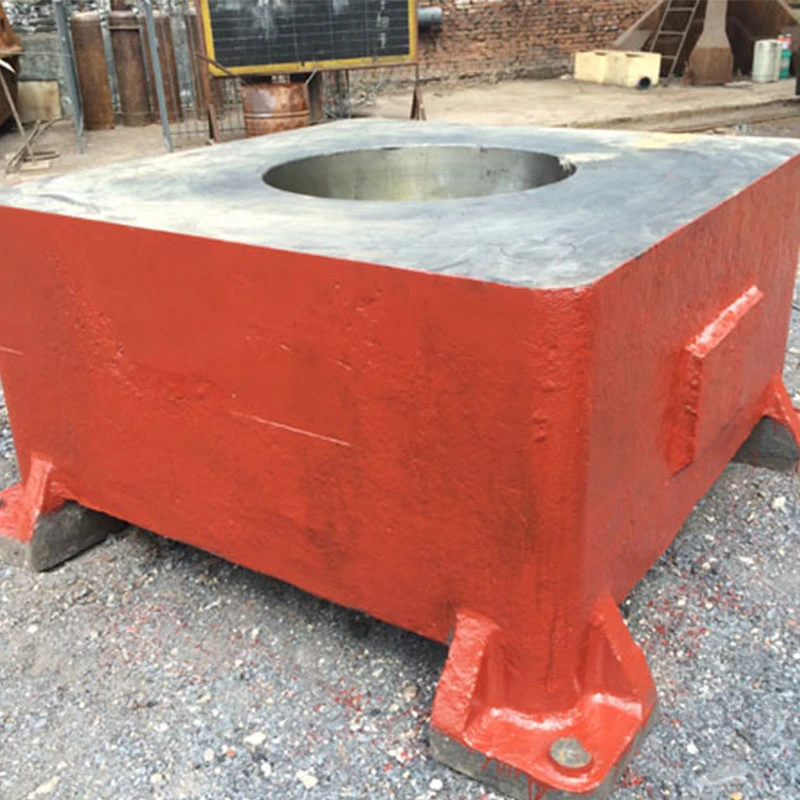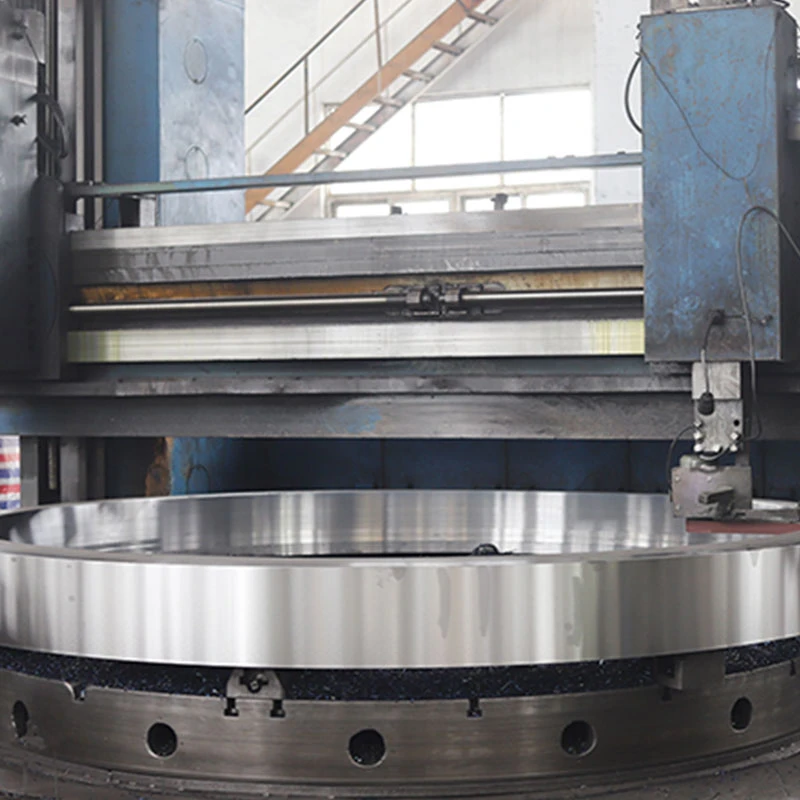- Afrikaans
- Albanian
- Amharic
- Arabic
- Armenian
- Azerbaijani
- Basque
- Bengali
- China
- China (Taiwan)
- Czech
- Danish
- Dutch
- English
- French
- German
- Greek
- Gujarati
- Haitian Creole
- hausa
- Miao
- Hungarian
- igbo
- Indonesian
- Italian
- Japanese
- Javanese
- Rwandese
- Korean
- Kyrgyz
- Lao
- Lithuanian
- Luxembourgish
- Macedonian
- Malgashi
- Malay
- Mongolian
- Myanmar
- Nepali
- Norwegian
- Persian
- Polish
- Portuguese
- Punjabi
- Russian
- Spanish
- Swahili
- Swedish
- Telugu
- Vietnamese
May . 31, 2025 21:21 Back to list
Premium Centrifugal Pump Shafts Durable & Corrosion-Resistant
This comprehensive analysis explores critical aspects of centrifugal pump shaft
technology:
- Fundamental role in rotating equipment operations
- Material science behind durability enhancement
- Performance superiority in demanding applications
- Industry-leading manufacturer comparison
- Specialized engineering solutions
- Real-world implementation case studies
- Future-focused material innovation
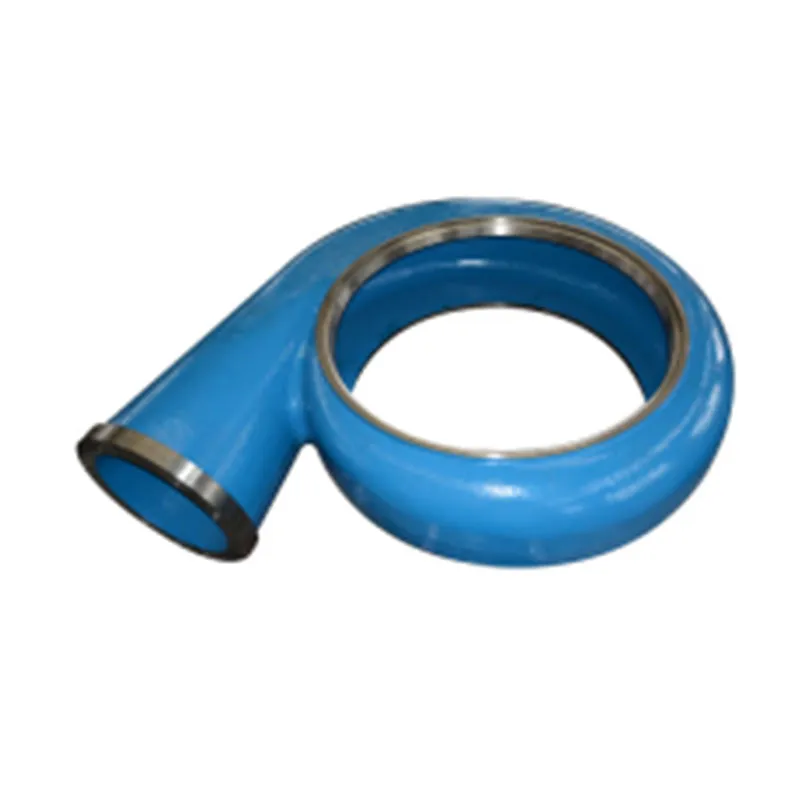
(centrifugal pump shaft)
The Critical Role of Centrifugal Pump Shafts in Industrial Operations
Centrifugal pump shafts serve as the operational spine of rotating equipment, transferring motor torque to impellers that generate hydraulic pressure. In chemical processing facilities, properly engineered shafts handling fluids at 2,500 RPM experience rotational forces exceeding 12,000 Newtons while maintaining alignment tolerances below 0.05mm. These components directly influence:
- Energy efficiency: Shaft straightness reduces vibration energy losses by up to 15%
- System reliability: Precision-balanced shafts decrease bearing failure rates by 40%
- Maintenance cycles: Optimal surface finishes extend seal life beyond 20,000 operating hours
Recent studies by the Hydraulic Institute reveal that shaft-related issues account for 62% of premature centrifugal pump failures in hydrocarbon processing. Proper shaft selection reduces unplanned downtime by approximately 45% in continuous operation facilities, establishing this component as critical infrastructure in pumping systems.
Material Science Advancements Enhancing Durability
Metallurgical innovations have revolutionized centrifugal pump shaft performance in corrosive environments. Martensitic stainless steels (ASTM A564 Grade 630) maintain yield strengths exceeding 1,100 MPa while resisting chlorides up to 30,000 ppm concentration. For seawater applications, super duplex alloys containing 25% chromium with 7% nickel demonstrate pitting resistance equivalent numbers >40.
Material selection depends on application-specific stresses:
| Operating Condition | Recommended Material | Fatigue Limit (MPa) | Corrosion Rate (mm/year) |
|---|---|---|---|
| High-temperature hydrocarbons | AISI 4140 Alloy Steel | 550 | 0.05 |
| Seawater cooling systems | Super Duplex 2507 | 650 | 0.01 |
| Chemical processing | Alloy 20 | 480 | 0.02 |
| Abrasive slurry transfer | 17-4PH H1150 | 790 | 0.03 |
Precision manufacturing techniques achieve surface roughness values below 0.4μm Ra, significantly improving seal performance and reducing leakage incidents by approximately 70% compared to standard commercial-grade shafts.
Performance Advantages in Demanding Environments
Modern centrifugal pump shafts incorporate engineered features that overcome traditional operational limitations. Through-hardened designs maintain concentricity within 0.0005 inches per foot even at thermal differentials exceeding 200°F. Integrated shaft protection systems utilizing plasma-sprayed coatings increase abrasion resistance by 8 times in mineral processing applications.
Significant performance improvements include:
- Cavitation resistance: Hardened sleeves withstand vapor bubble implosion forces up to 10,000 psi
- Thermal stability: Special alloy compositions limit thermal growth to 0.000015 in/in°F
- Vibration control
Testing data from API 610 eleventh edition compliance shows that enhanced shaft designs achieve MTBF (mean time between failures) of 65,000 hours in refinery services, significantly outperforming conventional models.
Leading Manufacturer Capability Comparison
The industrial shaft market presents varying technical capabilities among major suppliers:
| Manufacturer | Max Length (meters) | Max Diameter (mm) | Surface Hardness (HRC) | Dimensional Accuracy (μm) | Delivery Time (weeks) |
|---|---|---|---|---|---|
| Sulzer | 10.5 | 350 | 60 | ±7 | 8 |
| Flowserve | 8.2 | 280 | 55 | ±10 | 6 |
| KSB | 7.0 | 250 | 58 | ±15 | 10 |
| Ruhrpumpen | 9.8 | 320 | 62 | ±5 | 12 |
Each manufacturer employs proprietary manufacturing techniques: Sulzer utilizes single-point turning with live tooling achieving surface finishes under 0.8 Ra, while Ruhrpumpen implements deep-cryogenic treatment improving fatigue strength by approximately 30%.
Application-Specific Engineering Solutions
Specialized centrifugal pump shaft configurations solve complex operational challenges. For offshore seawater injection pumps, integrally forged shafts with corrosion-resistant overlays withstand hydrogen sulfide concentrations above 50 ppm. Mining operations utilize tungsten carbide-reinforced surfaces extending service life to 18 months in abrasive slurry services.
Notable customizations include:
- Modular assemblies: Splined segments allowing component replacement without full shaft extraction
- Composite shafts: Carbon fiber cores with metallic interfaces reducing weight by 40%
- Magnetic drive integration: Non-metallic sections eliminating bearing currents in VFD applications
Engineering analysis determines optimal configurations using torsional vibration simulation software that predicts stress concentrations at 95% accuracy, reducing field failure rates.
Operational Case Studies Across Industries
Implementation data demonstrates significant performance improvements:
Chemical Processing Plant Upgrade: Replacement of standard 316 stainless steel shafts with custom Alloy 20 versions in acid transfer pumps extended meantime between repairs from 9 months to 28 months, reducing maintenance costs by approximately $480,000 annually across the facility.
Power Generation Facility: Installation of hardened chrome shafts in boiler feed pumps handling 210°C water decreased vibration levels from 12 mm/sec to 2.3 mm/sec, eliminating coupling failures and reducing energy consumption by 18 kW per pump.
Mine Dewatering System: Abrasion-resistant centrifugal pump shafts with tungsten carbide cladding operated for 14,000 hours in slurry containing 30% solids without measurable wear, compared to previous shaft failures at 4,000-hour intervals.
Optimizing Centrifugal Pump Shaft Material Selection
Future-focused centrifugal pump shaft material development focuses on nano-engineered surfaces and hybrid composites. Laboratory testing shows graphene-enhanced stainless steel matrices increasing yield strength by 25% while maintaining corrosion resistance. Thermal-sprayed ceramic coatings demonstrate thermal barrier capabilities reducing heat transfer to bearings by 60% in high-temperature hydrocarbon services.
Strategic material selection principles include:
- Fatigue analysis correlating surface treatments with extended service life
- Galvanic compatibility assessment with wetted components
- Comprehensive lifecycle cost modeling including energy savings
Implementing advanced centrifugal pump shaft materials delivers a documented ROI exceeding 300% over standard components through reduced downtime and maintenance requirements in heavy industrial applications.
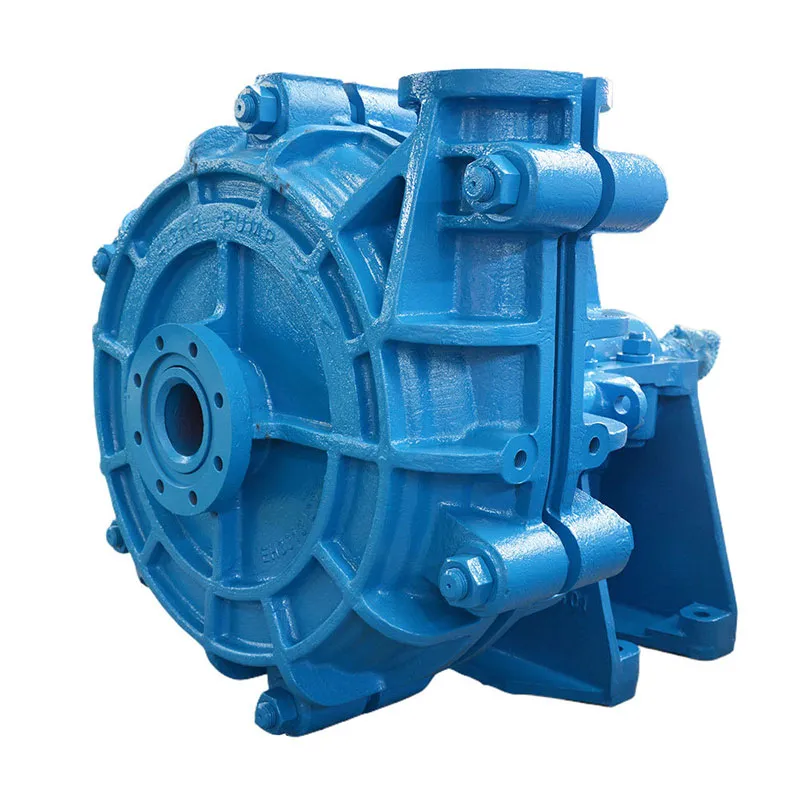
(centrifugal pump shaft)
FAQS on centrifugal pump shaft
Q: What factors influence the choice of centrifugal pump shaft material?
A: The material is selected based on corrosion resistance, mechanical strength, and operational environment. Common choices include stainless steel, carbon steel, or alloy steel. Compatibility with pumped fluids and cost-effectiveness are also critical considerations.
Q: How does a shaft centrifugal pump prevent mechanical failure?
A: Proper alignment, balanced rotation, and regular lubrication reduce stress on the shaft. Using durable materials and monitoring for wear or vibration also minimizes failure risks. Maintenance schedules ensure early detection of issues like bending or cracking.
Q: What are common signs of a damaged centrifugal pump shaft?
A: Symptoms include excessive vibration, overheating, or irregular noise during operation. Visible wear, misalignment, or leakage around the shaft seal may also indicate damage. Immediate inspection is recommended to avoid catastrophic pump failure.
Q: Why is stainless steel a preferred centrifugal pump shaft material?
A: Stainless steel offers high corrosion resistance, especially in harsh or chemical-heavy environments. It provides excellent tensile strength and durability under high-pressure conditions. This makes it ideal for applications requiring longevity and reliability.
Q: How to maintain the shaft in a centrifugal pump effectively?
A: Regularly check alignment, lubrication, and seal integrity to prevent friction and wear. Monitor for vibrations or temperature spikes during operation. Replace the shaft promptly if signs of fatigue or corrosion appear.
-
Low-Cost Borehole Drilling Machine for Small-Scale Projects
NewsJul.11,2025
-
Carbide Bullet Teeth for Abrasive Formations: Powering Industrial Drilling Efficiency
NewsJul.11,2025
-
Advantages of Down-the-Hole Drill Bits in Geothermal Projects
NewsJul.11,2025
-
Hole Hammer Use in Water Well Drilling
NewsJul.11,2025
-
Benefits of a Mobile Diesel Compressor in Construction
NewsJul.11,2025
-
Benefits of Diesel Portable Screw Air Compressors
NewsJul.11,2025




